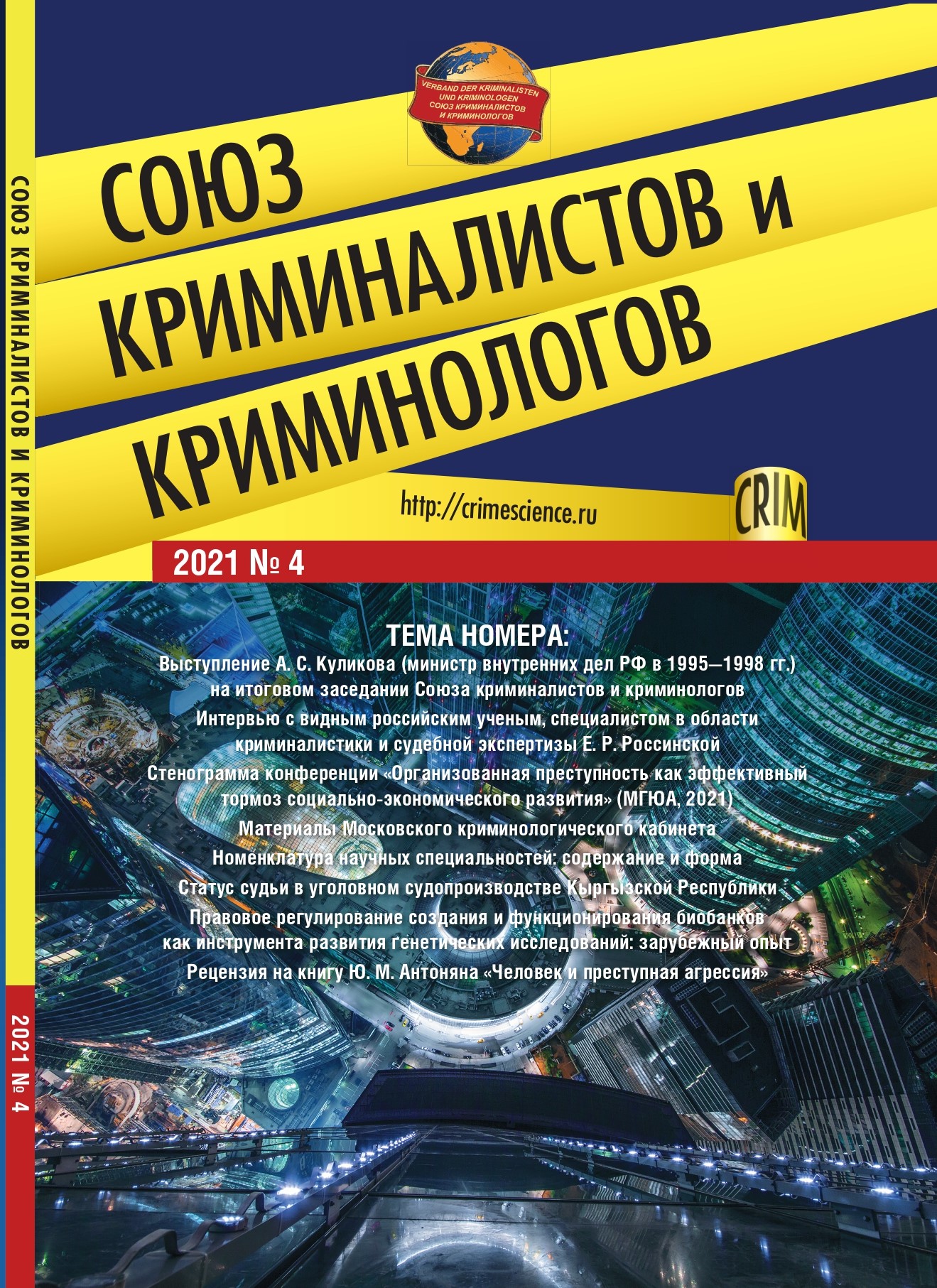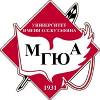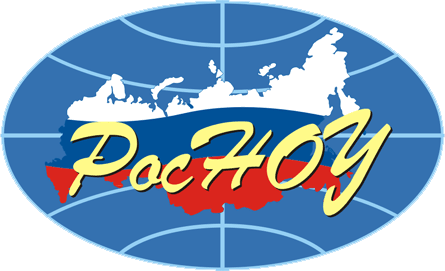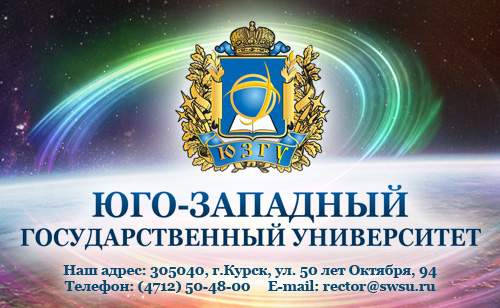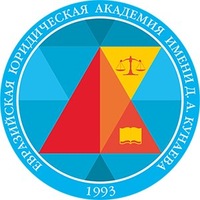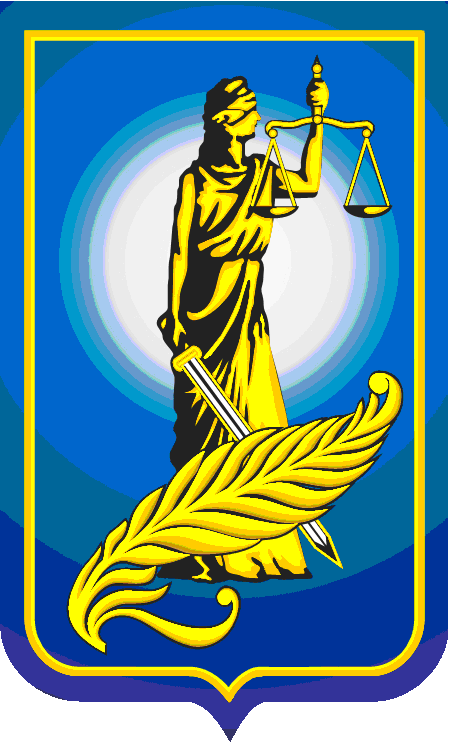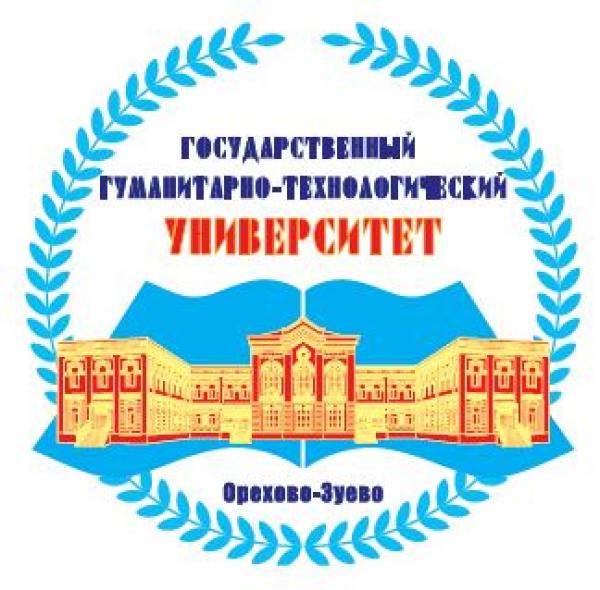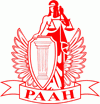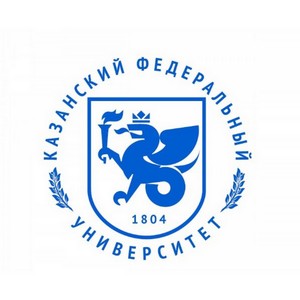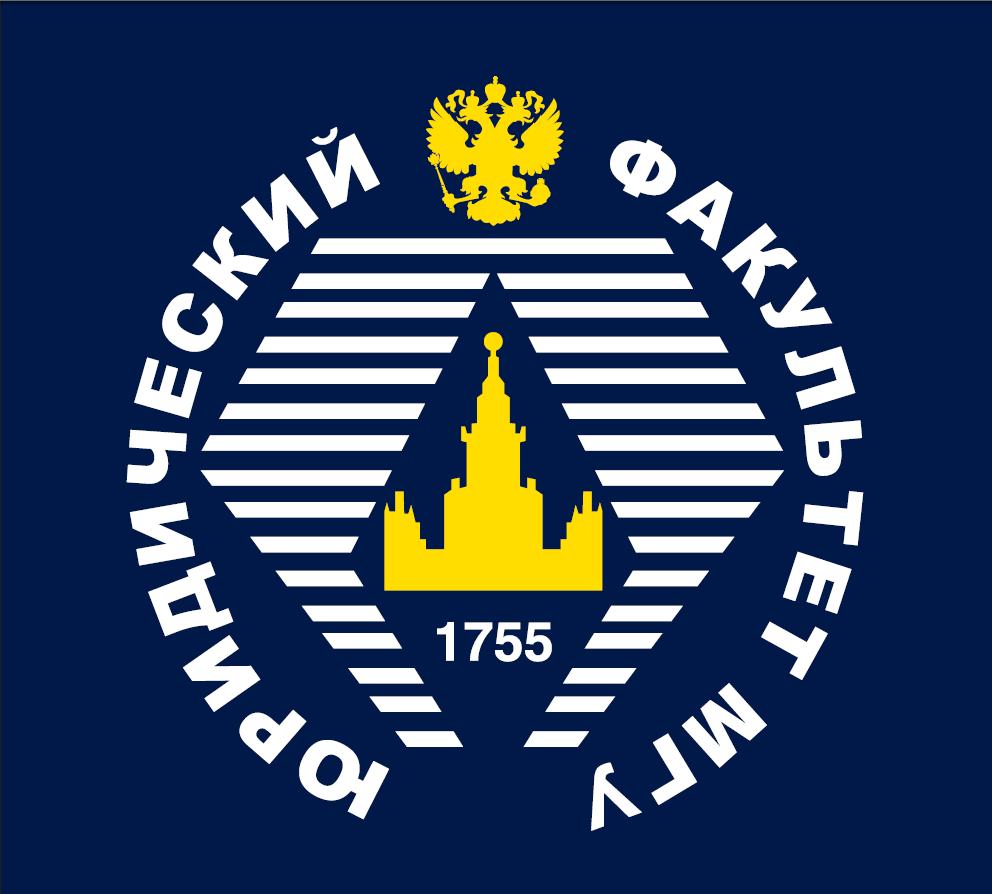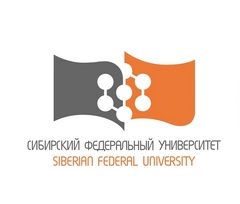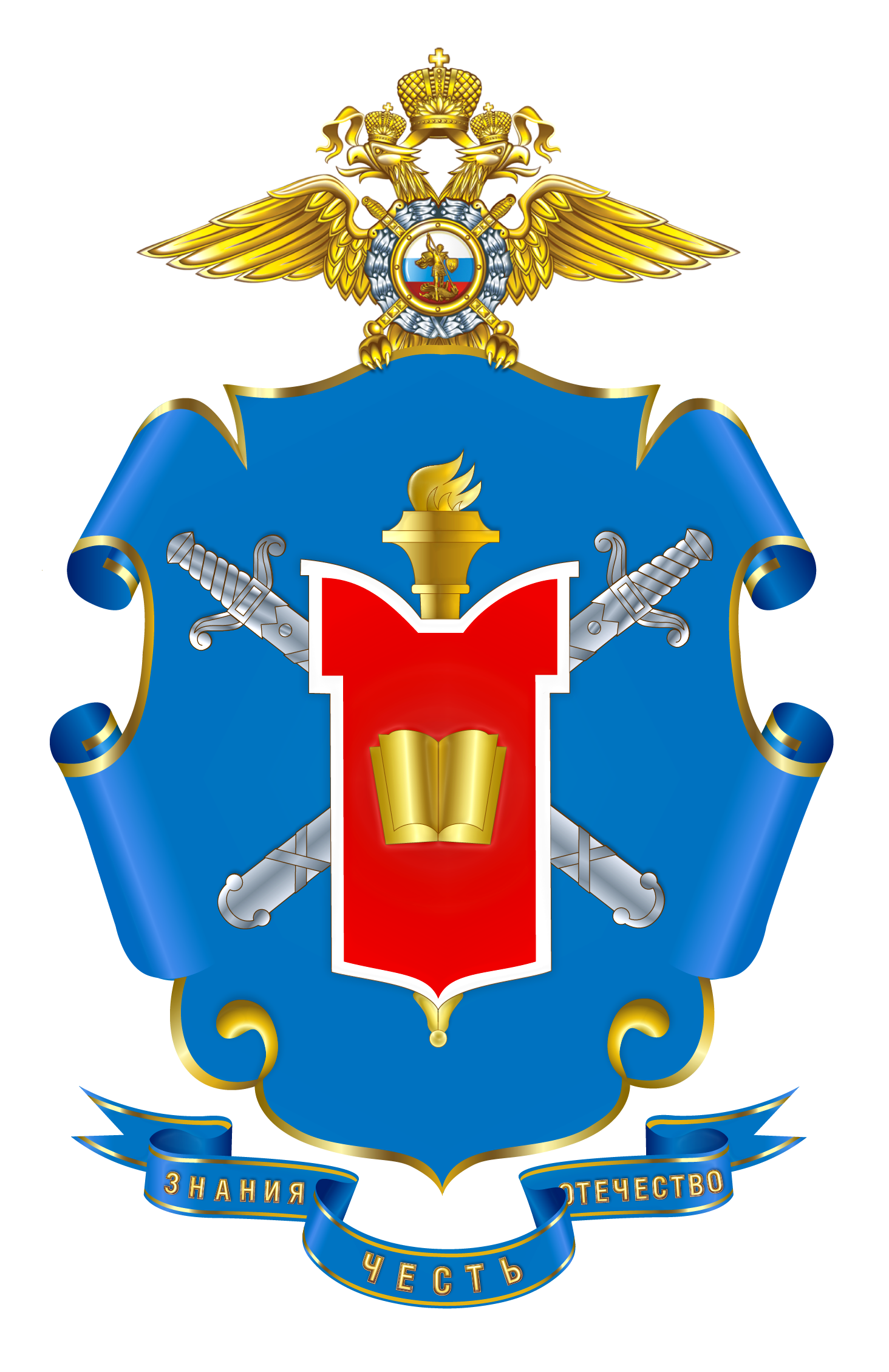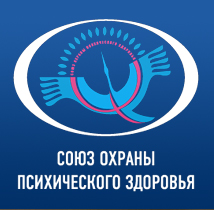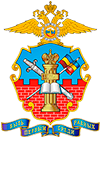On May 8, 1945, in Berlin, Marshal Zhukov, on behalf of the Soviet Union, signed the act of unconditional surrender of Nazi Germany. This happened at 2:10 AM on May 9 according to Moscow time (midnight on May 8 — Berlin time).
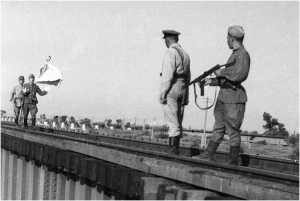 On the bridge in the Tunlyao area, representatives of the Red Army and negotiators of the capitulated faction of the Imperial Japanese Army. / RIA Novosti
On the bridge in the Tunlyao area, representatives of the Red Army and negotiators of the capitulated faction of the Imperial Japanese Army. / RIA Novosti
The main war criminals, guilty of countless victims of the global massacre, were condemned by the Nuremberg Tribunal and received their deserved punishment. But there remained one more center of military danger — the militaristic Japan, an ally of the fascist Reich. On August 9, 1945, the USSR entered the war in the Far East and played a decisive role in the defeat of the enemy. Soviet troops defeated the main Japanese military force — the million-strong Kwantung Army — in less than a month, liberating the Japanese-occupied Manchuria and the Korean Peninsula up to the 38th parallel. On September 2nd, Japan capitulated.
During the negotiations between the USSR, the USA, the United Kingdom, China, France, Australia, Canada, New Zealand, and the Netherlands, an agreement was reached that the major Japanese war criminals would be tried by a tribunal consisting of representatives from these states. Later, India and the Philippines joined the agreement. A new International Military Tribunal was formed from the judges of the 11 countries.
Nuremberg for the Far East
The Tokyo trial began on May 3, 1946, and lasted for two and a half years — until November 12, 1948. Initially, 29 people were planned to be tried. However, the day before the arrest, former Prime Minister FumimaroKonoe committed suicide, and during the trial, both Yosuke Matsuoka — the former Minister of Foreign Affairs, and Osami Nagano — the former Minister of the Navy, died. Syumei Okawa — the father of Japanese fascism — was declared insane.
The Japanese trial, immediately referred to as the Nuremberg for the Far East, was nonetheless significantly different from its predecessor. While the statute of the Nuremberg court was developed and adopted jointly by the Allied nations, the Tokyo tribunal was personally mandated by General Douglas MacArthur — the commander of American forces and head of the military administration in Japan. The fact is that at the Moscow meeting in December 1945, the ministers of foreign affairs of the USSR, the USA, and the United Kingdom decided to place the organization of the Tokyo tribunal in his hands.
MacArthur appointed American lawyer Joseph Keenan, who was close to President Truman, as the chief prosecutor, thereby ensuring U.S. influence over the en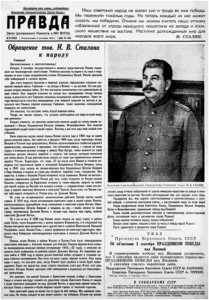 tire preparation of the trial. The chairman of the tribunal was appointed to be Australian judge William Webb — a professional man, but one who was under the influence of the Anglo-Americans.
tire preparation of the trial. The chairman of the tribunal was appointed to be Australian judge William Webb — a professional man, but one who was under the influence of the Anglo-Americans.
MacArthur appointed American lawyer Joseph Keenan, who was close to President Truman, as the chief prosecutor, thereby ensuring U.S. influence over the entire preparation of the trial. The chairman of the tribunal was appointed to be Australian judge William Webb — a professional man, but one who was under the influence of the Anglo-Americans.
In Japan, unlike in Germany, the accused were granted unprecedented freedom: they were even allowed to appear at the prison on their own. They were not arrested, which puzzled many: criminals had the opportunity to escape. The opportunity to commit suicide was available to all, but few took advantage of it.
Not all the screenwriters of the aggressive policy of the Land of the Rising Sun ended up in the dock. The proposals of the Soviet prosecutor to bring the owners of the largest military-industrial enterprises to trial were rejected. Douglas MacArthur released, among other war criminals, the largest Japanese monopolists.
Another process – another statute
Crimes against humanity in the Pacific theater of justice were recognized selectively. Behind the concise legal formulations laid horrors that sometimes surpassed those of the Nazis. The facts were so shocking that the judges simply could not ignore them.
Among the monstrous facts announced were the massacres of civilians, the massacre committed by the Japanese in Nanjing — its victims then became about 300 thousand people. Even facts of ritual eating of enemy liver by Japanese officers were made public, which allegedly gave fearlessness.
MacArthur did everything to protect Emperor Hirohito. He never ended up in the dock. The personnel from the criminal Unit №731, where experiments were conducted on living people with biological weapons, were not brought to justice. Those of them who surrendered to the Americans were secretly granted immunity by MacArthur in exchange for sharing their research on biological weapons and its results with the Americans. The world was shown only the tip of the iceberg, beneath which laid a systematic system of violence built in the name of the ‘Yamato race.’
The silence of Tokyo made Khabarovsk speak. The Soviet leadership, dissatisfied with the verdict of the Tokyo tribunal, decided to organize a new trial for Japanese war criminals. In December 1949, 12 members of the Japanese Kwantung Army appeared before the court for the production and usage of biological weapons during World War II. All 12 defendants were found guilty of serious crimes and were sentenced by the Khabarovsk Military Tribunal to prison terms ranging from 2 to 25 years.
The ominous shadows of the samurai
The verdict of the International Military Tribunal in Tokyo was rendered against 25 major war criminals. Seven were sentenced to death by hanging, two were imposed a term of imprisonment for 20 and 7 years, and the rest to life imprisonment.
The execution was scheduled for 1 a.m. on December 23, 1948. In the courtyard of Sugamo Prison, the sentence on seven convicted criminals was carried out by American Sergeant John Wood, the same one who fulfilled a similar mission against the main Nazi war criminals convicted by the International Military Tribunal in Nuremberg. The corpses were then burned in a crematorium in Yokohama, and the ashes were thrown into the sea.
During the Nuremberg Trials, Nazi No. 2 Hermann Göring convinced his associates that the time would come when the German people would build a pantheon for the heroes of the Hitler Reich, transfer their ashes into marble urns, and forever worship them as heroes fallen in the struggle for the greatness of Germany. Göring miscalculated. The ashes of those executed in Nuremberg were destroyed, only the ropes they were hanged with remained, and the enterprising Sergeant Wood made his business selling them.
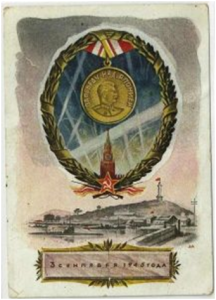 But it never occurred to Göring that his dreams would come true in Japan. On August 16, 1960, a monument to the seven main Japanese war criminals, who were hanged in 1948, was unveiled at the top of Mount Mikéno-yama near the city of Nagoya. The inscription on the monument reads: ‘The grave of the seven martyr samurai.’ Proper honors were given to them at the unveiling of the monument. In January 1964, approximately two million Japanese who perished in World War II were posthumously awarded.
But it never occurred to Göring that his dreams would come true in Japan. On August 16, 1960, a monument to the seven main Japanese war criminals, who were hanged in 1948, was unveiled at the top of Mount Mikéno-yama near the city of Nagoya. The inscription on the monument reads: ‘The grave of the seven martyr samurai.’ Proper honors were given to them at the unveiling of the monument. In January 1964, approximately two million Japanese who perished in World War II were posthumously awarded.
And those who escaped trial in Tokyo dissolved into the Cold War, swapping military uniforms for respectable suits, entering dignified offices and universities, but did not disappear. Their shadows are still nearby…





